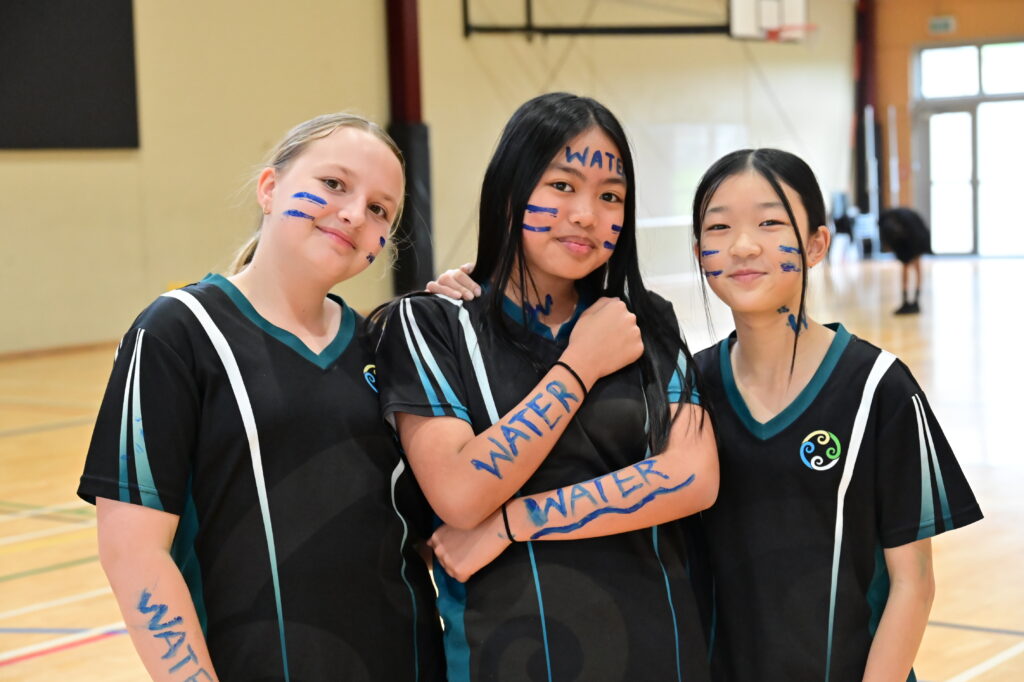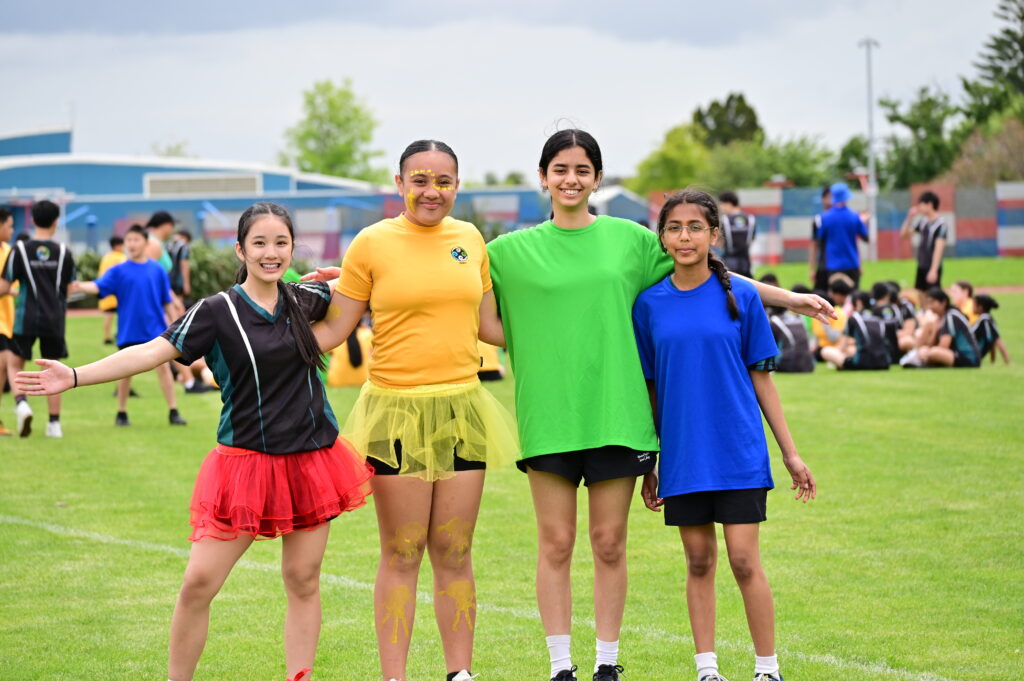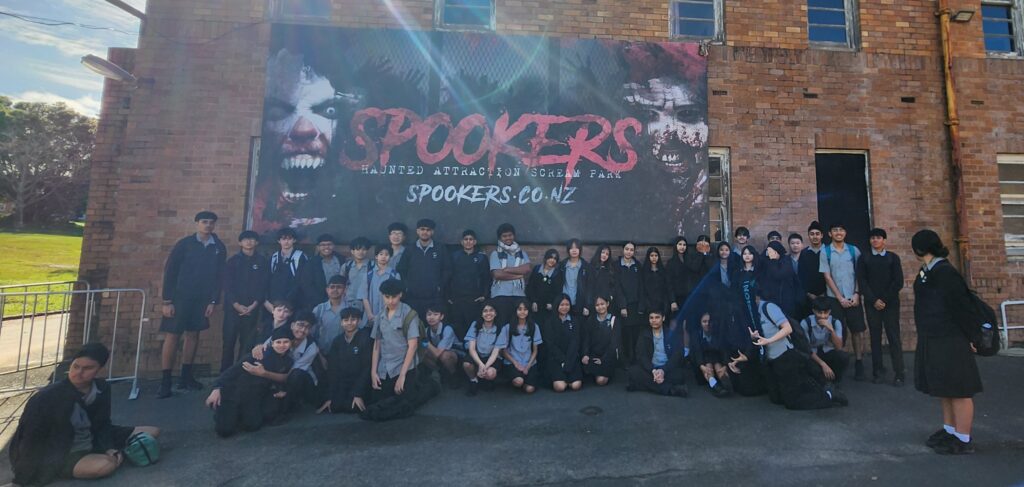Important information regarding the recent measles outbreak in Aotearoa/New Zealand
No cases have been identified in the MHJC community however I wish to share this bulletin which was sent to schools from Health NZ:
Measles is circulating and is very contagious. There are cases in Northland, Auckland, Manawatu, Nelson and Wellington, and we expect further cases across New Zealand.
- Watch out for symptoms – fever, cough, runny nose, sore eyes, and a blotchy rash:
- Anyone with measles symptoms must stay at home and should seek urgent advice by ringing their doctor or Healthline on 0800 611 116.
- Anyone who is closely exposed to a measles case must stay at home. Heath New Zealand will provide individuals with advice on a case-by-case basis (including when they can leave quarantine at home).
- Health New Zealand is actively working with the schools that currently have measles cases.
- People are considered immune to measles after having two doses of a measles vaccine from 12 months or older, or if you have had measles before. For more information on measles immunity visit:
Measles immunity – Health New Zealand
- Parents and caregivers should check their own and their child/childrens’ immunisation status through My Health Record:
My Health Record – Health New Zealand
- Anyone born between 1969 and 2004 may have only received one vaccine dose and might not be fully protected. It’s safe to get extra doses. A free vaccine can be booked online or via the Vaccination Helpline on 0800 28 29 26.








